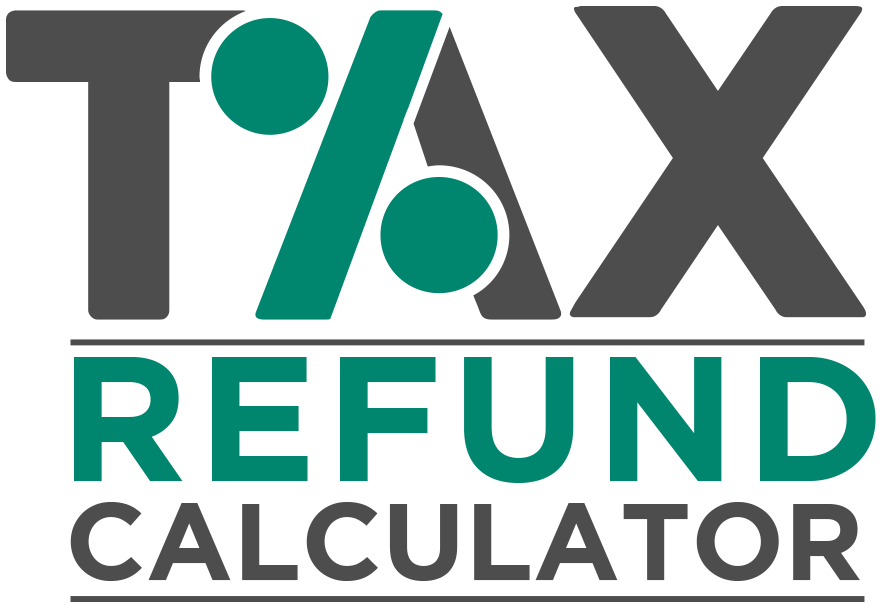
Everything You Need To Know About UK Tax Codes
If you are employed in the UK and are under 65 , your employer will provide a tax code to calculate how much tax gets deducted from your wage. If you are a pensioner, your pension provider uses a tax code to determine your income tax deduction. But what even is a tax code? Why should you always check it?
In this article, we discuss the ins and outs of tax codes, tax code changes and what all this means to you.
What Is A Tax Code?
Your tax code is used by your employer or pension provider to work out how much Income Tax to take from your pay or pension. The code itself comprises a series of numbers and a letter. The numbers indicate your ‘personal allowance’, meaning how much you can earn per year before paying tax. You don’t start paying income tax until you earn an income above your personal allowance.
What Does The Letter In My Tax Code Mean?
The letter indicates your particular circumstance that determines the amount you can earn before paying tax.
The most common letter in tax codes is ‘L’, which means that you are under 65 years old, and eligible for the standard personal allowance free of tax.
If your tax code says 1257L, you can earn £12,570 free of tax and will only start paying tax when your income exceeds that amount.
Tax code changes indicate a change in your circumstances and taxable income.
Here is a list of common tax code letters and what they indicate:
K = the opposite of the L tax code – indicates that the tax you owe is greater than your ‘Personal Allowance’. This could happen when you have to pay tax on your wages from a previous year, company benefits or when you get a State Pension.
BR = BR (Basic Rate) – the rate you pay for a second job or pension, currently set at 20%.
NT = you have income that is not taxable.
T = you earn over £100,000 and lose £1 of your Personal Allowance. The ‘T’ is preceded by numbers indicating the level of Personal Allowance you have left. This may change depending on whether company benefits are forcing the K code on your tax code.
OT = Once your income reaches £125,140, you lose the allowance and your entire earnings will be subject to the appropriate rates of Income Tax.
S = you are taxed based on the rates in Scotland
Tax codes and earning brackets
| Taxable income | Tax rate |
| Up to £12,570 | 0% |
| £12,571 to £50,270 | 20% |
| £50,271 to £150,000 | 40% |
| over £150,000 | 45% |
How Do I Find My Tax Code?
There are several places you can check for your tax code.
Your tax code should be on your pay slip. You could also check the annual tax summary received from your employer (P60). Your tax code would also be on your ‘P45’, the document you receive when you stop working for a certain employer.
If you receive paper communication, you might get a PAYE coding notice (P2) informing how your tax code has been calculated. If not, they might send you an email informing you to check your Personal Tax Account for details. You can see your tax code if you fill in a tax return annually and have registered for online Self Assessment.
If none of these work for you, call HMRC with your National Insurance Number, and they will ask a few security questions before revealing your tax code.
Does HMRC Send Coding Notices?
If your circumstances change during the tax year, HMRC may send you a PAYE coding notice detailing amendments. Always keep your coding notices to check HMRC have calculated your tax code correctly, and make sure that your employer is using the correct tax code.
Check Your Tax Code!
Since your tax code indicates how much tax you pay, the wrong tax code could mean either paying too much or too little tax. So checking whether you’re on the correct tax code is very important.
If you are paying too much, you can get a tax refund (tax rebate). If you are paying too little, sort the matter out before you end up with massive overpayment.
What Happens When My Tax Code Changes?
Your payslip should have your tax code on it. If HMRC believes that your circumstances have changed, they will send a letter to your employer letting them know the code they should use. Consequently, your employer should change the tax code on your payslip.
HMRC may change your tax code based on their calculations and information available. However, the actual circumstances may be different. Therefore, it is important to check whether your employer is using the correct code.
What About Self-assessment Tax Returns?
Checking your tax code is crucial to avoiding complications. For example, HMRC may send a higher tax code after you’ve claimed a tax refund as they assume you’ll be eligible for the tax relief next year which may not be the case.
Tax rebate – Am I Owed A Tax Refund?
Most people are not aware of the fact that they can use the every day costs of work to bring down the amount of tax payable. You might be eligible for a tax refund from HMRC for a number of reasons. Here are some examples.
- You drive your own vehicle to work – Your employer does not refund you the 45p per mile allowance.
- You take public transport to work, and your employer does not refund your cost
- You spend money on food while travelling for work – Your employer does not grant a meal allowance
- You spend your own money on accommodation when you travel for work
- You spend your own money on fixing and repairing work tools and equipment
- You spend money out of pocket on essential training, professional subscriptions and necessary licences
If you qualify for any of the above, you can use our tax refund calculator to see if you can get a tax rebate.

